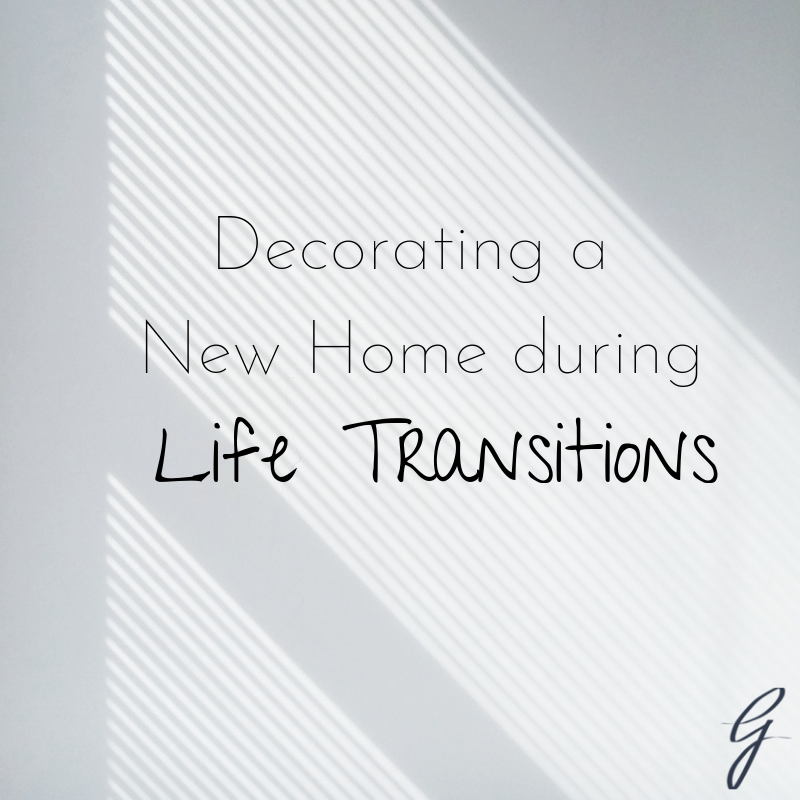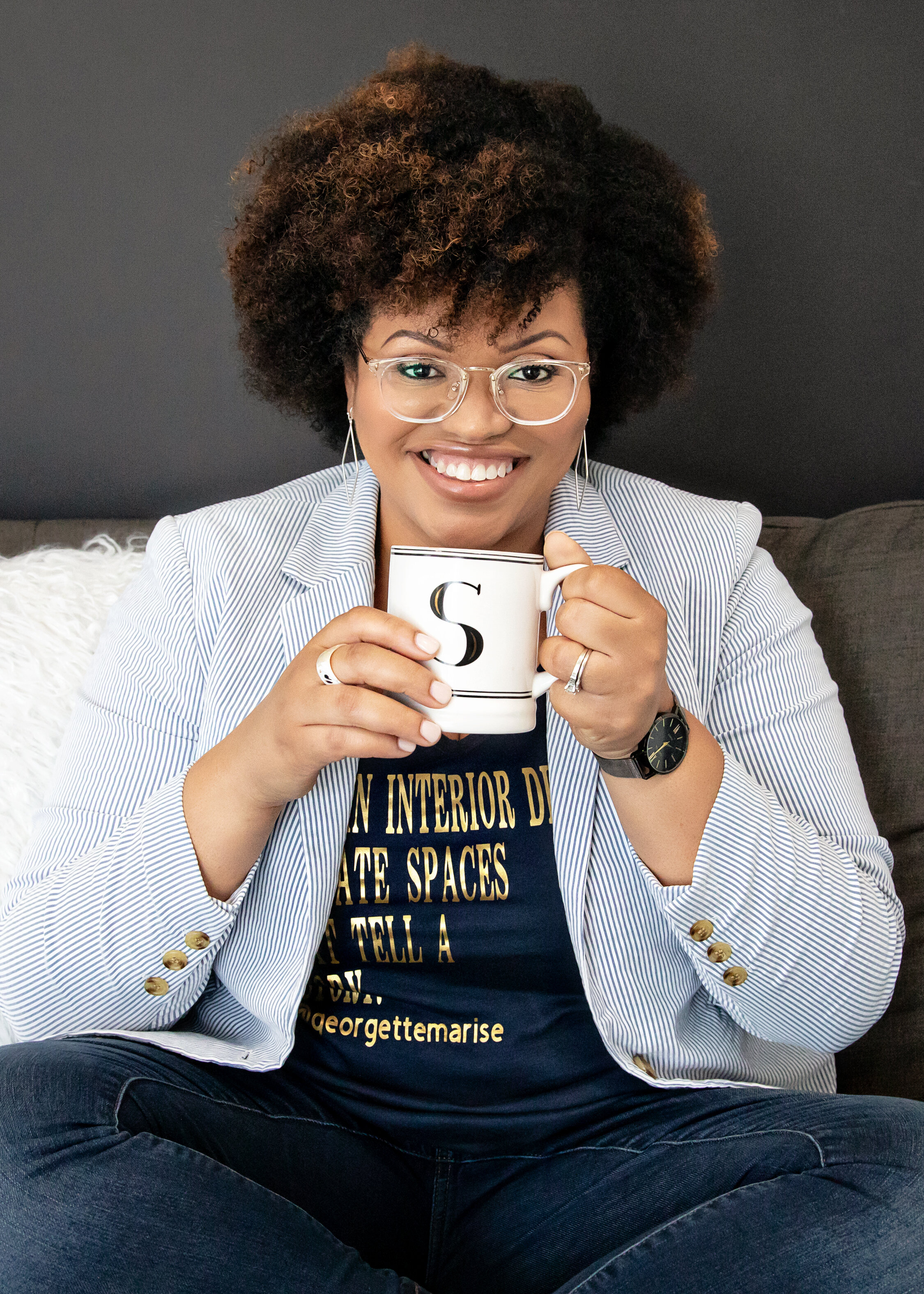Decorating a New Home During Life Transitions
/Perspective is everything. I recently had a client of preteen girls who were initially moving into a new house. Her girls were excited about getting their own room. The project was put on pause due to some unexpected flooding that occurred (never fun). Two years later the mother reached out to continue the girls’ rooms except now the girls had to share a room. The girls were not excited about this change of course. By this time the styles and needs of the girls changed and they could not come to an agreement on style, furnishings, colors or placement. Through seeing some visual design boards and shopping the girls were starting to see the vision. As an interior designer, I love tackling challenges! I made it my goal to design a shared bedroom that represented each girl. As I started to design there were many changes and obstacles but seeing the completed space as the finish line was my focus.
Mood Board: Each girl’s style and needs we represented in this design.
Fast forward to now, demolition is complete, drywall/plumbing/lighting is done, painting is finish and furniture has been ordered. Seeing the completed space even in the midst of construction chaos is easy for me but not so much for preteen girls. They were getting anxious and I understand. I later had a conversation with the mother and she explained that the girls were going through several life changes in their home life and this project represented a space they can call their own. That put everything in perspective for me! That made the design even more important. This was more than putting pretty things together. It was about creating an environment where they can feel safe and comfortable to be themselves.
Life changes can be challenging. Whether you are moving, newly married, just had a new baby, became an empty nester, maybe just got a new job, or going through a divorce the look and feel of your home during these life transitions can make a big difference.
Start with a Purpose
Your home is more than a group of walls, ceiling, and floors. It’s your personal space. It doesn’t have to be perfect (nor does that exist) but it should reflect your style and personality. Define each room. For each room or space ask yourself: What will I be doing in this space? (resting, entertaining, dining, working, meditating, reading, playing, etc.) How do I want to feel in this room or space? (calm, productive, happy, safe, relaxed, energized, etc.) Defining these questions are the first step to accomplishing a new space.
Plan
After you’ve defined the use of each room or space, it’s time to plan. An easy way to plan is start with developing a budget. Once you have a budget create a floor plan or layout. You can do this with your interior designer or on your own if you are going the DIY route. Measure your space and put it on paper or use a planning software.
Remember we talked about finding your purpose? That is going to come in handy for the planning stage. It’s time to decide what furnishings are going to be needed in the space. If you are incorporating some existing pieces start there. Begin with the largest furnishings and add them to the plan. Ex. If you are creating a reading area on a 2nd-floor landing space to feel relaxed you might want to add a chaise, a comfortable plush chair, or some floor pillows near a group of floating shelves. Also, be sure to complete any construction, electrical, painting, or installation needed.
Decorate
Once you’ve finished planning and everything is in, it’s time to decorate! When installing it’s always a good idea to start with the placement of your largest piece of furniture. Once your furniture, tables, rugs are in place add your accessories (the pillows, wall decor, framed pictures, table tops accents, plants, etc)
Your space should accomplish what you want it to accomplish. By being intentional about decorating your new home you can help decrease the stress that happens during life transitions.
À la prochaine,


































